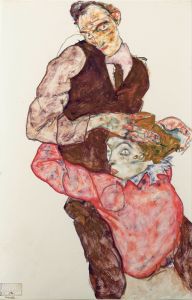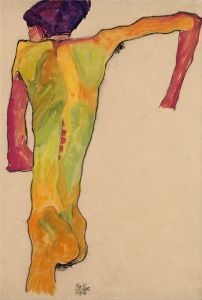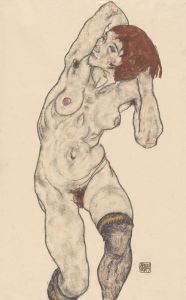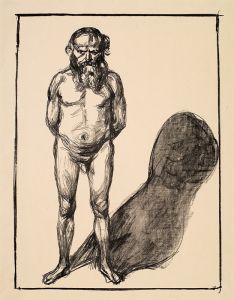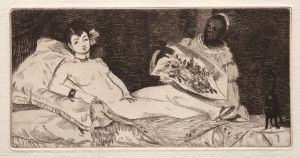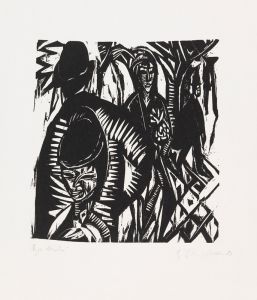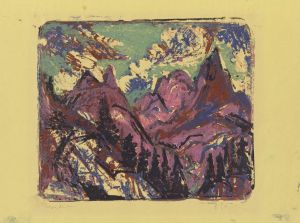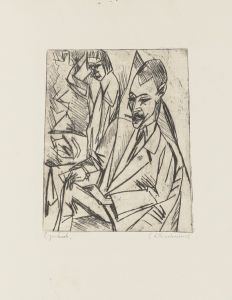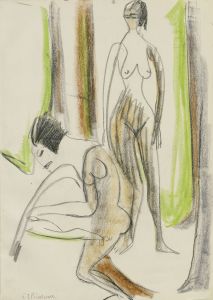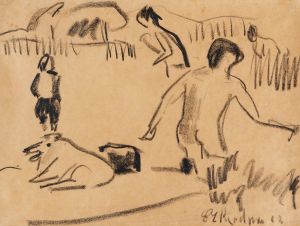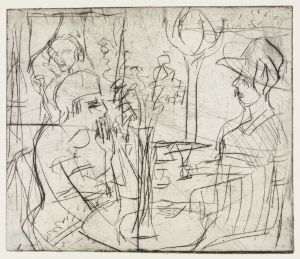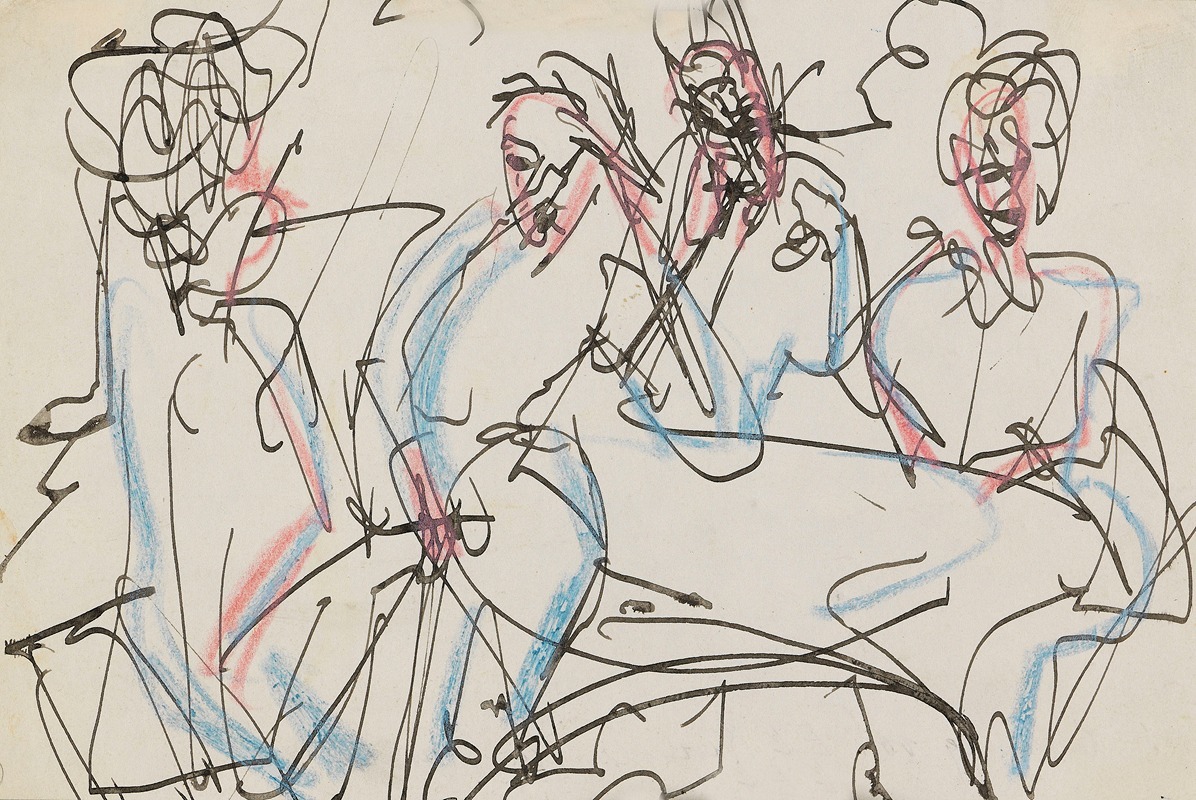
Bordellszene
A hand-painted replica of Ernst Ludwig Kirchner’s masterpiece Bordellszene, meticulously crafted by professional artists to capture the true essence of the original. Each piece is created with museum-quality canvas and rare mineral pigments, carefully painted by experienced artists with delicate brushstrokes and rich, layered colors to perfectly recreate the texture of the original artwork. Unlike machine-printed reproductions, this hand-painted version brings the painting to life, infused with the artist’s emotions and skill in every stroke. Whether for personal collection or home decoration, it instantly elevates the artistic atmosphere of any space.
Ernst Ludwig Kirchner's painting Bordellszene (translated as "Brothel Scene") is a work by the German Expressionist artist, created during the early 20th century. Kirchner, a founding member of the art movement Die Brücke (The Bridge), was known for his bold use of color, dynamic compositions, and exploration of modern urban life. His works often depicted scenes of Berlin's nightlife, including cabarets, streets, and brothels, reflecting the social and cultural atmosphere of the time.
Bordellszene is one of several works by Kirchner that portrays the interior of a brothel, a subject he explored as part of his interest in the complexities of human relationships and the alienation of modern society. The painting features figures of women, likely sex workers, and male clients in a confined, intimate space. The figures are rendered in Kirchner's characteristic angular and distorted style, emphasizing emotional intensity over realistic representation. The vibrant yet jarring color palette, combined with the exaggerated forms, creates a sense of tension and unease, which is a hallmark of Kirchner's Expressionist approach.
This painting is part of Kirchner's broader body of work that examines the interplay between individuals and their environments, particularly in the context of urban settings. His depictions of brothels were not intended to be purely voyeuristic but rather to comment on the commodification of human interactions and the psychological impact of modernity. The themes of alienation and disconnection are evident in the way the figures in Bordellszene appear emotionally detached, despite their physical proximity.
Kirchner's exploration of such themes was influenced by his experiences in Berlin, where he moved in 1911. The city, with its rapid industrialization and vibrant cultural scene, provided him with ample inspiration but also exposed him to the darker aspects of urban life. His works from this period often reflect a mix of fascination and critique, capturing both the allure and the alienation of modern existence.
The exact date of creation for Bordellszene is not always clearly documented, but it is generally associated with Kirchner's Berlin period, which lasted from 1911 to 1915. During this time, he produced many works that explored similar themes and stylistic elements. Like much of Kirchner's oeuvre, Bordellszene is considered a significant example of German Expressionism, a movement that sought to convey emotional experience rather than physical reality.
Today, Kirchner's works, including Bordellszene, are celebrated for their innovative approach to form and color, as well as their ability to capture the complexities of early 20th-century life. His art continues to be studied and exhibited in major museums and galleries worldwide, contributing to the understanding of Expressionism and its impact on modern art.







